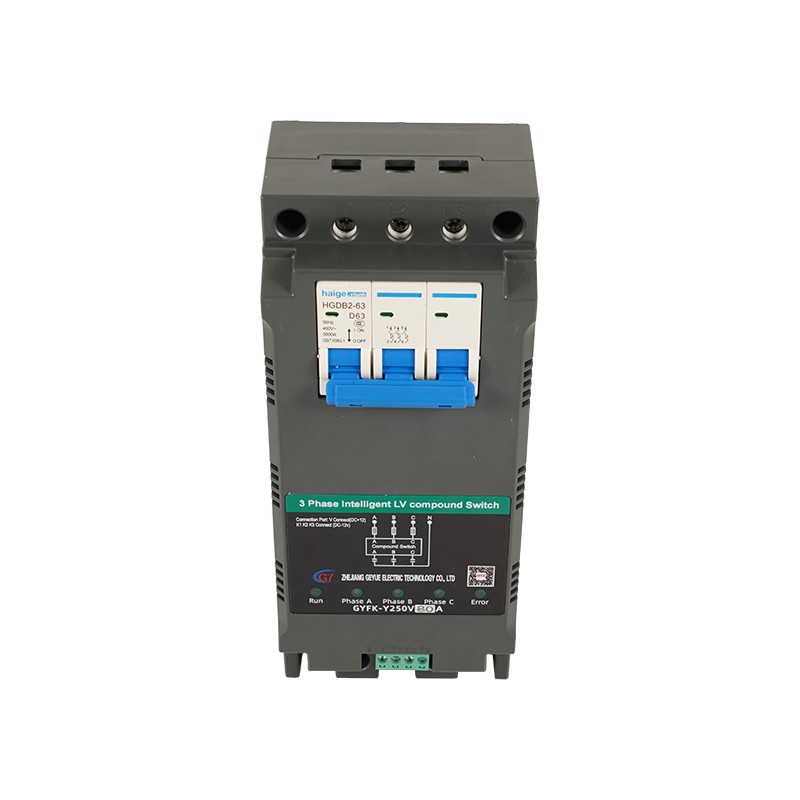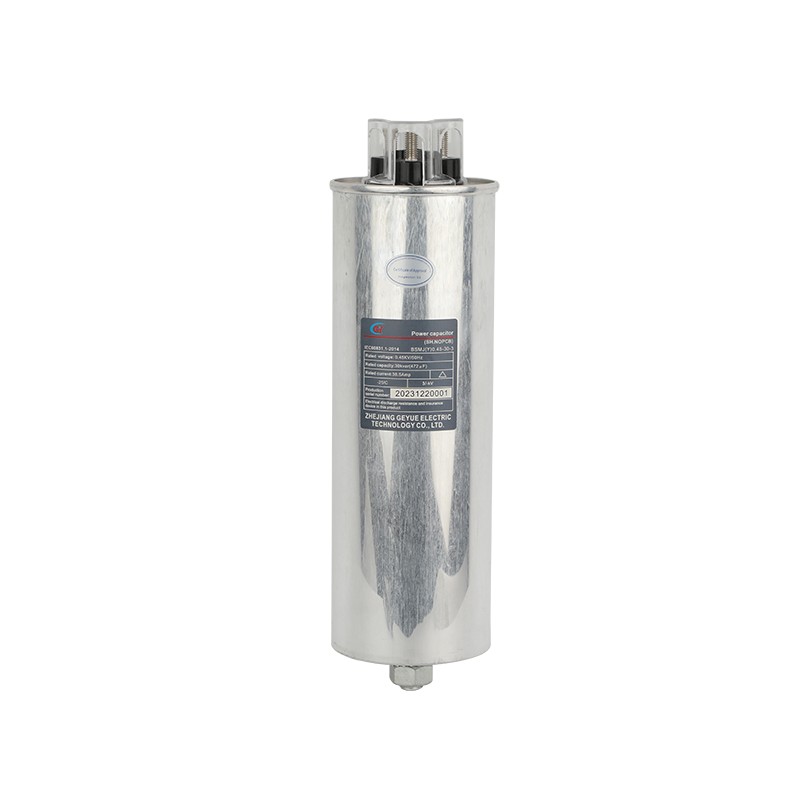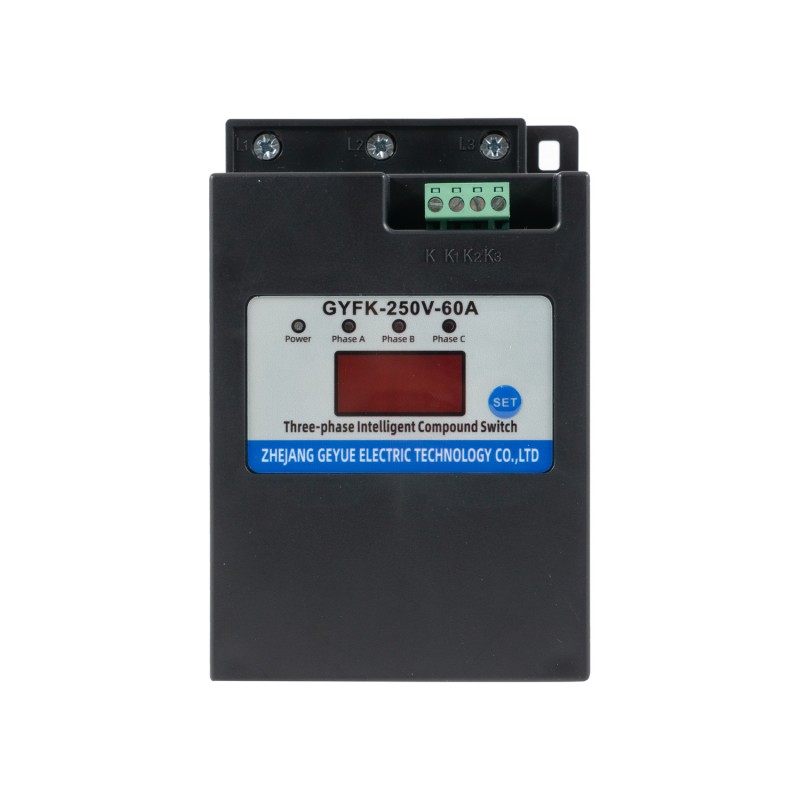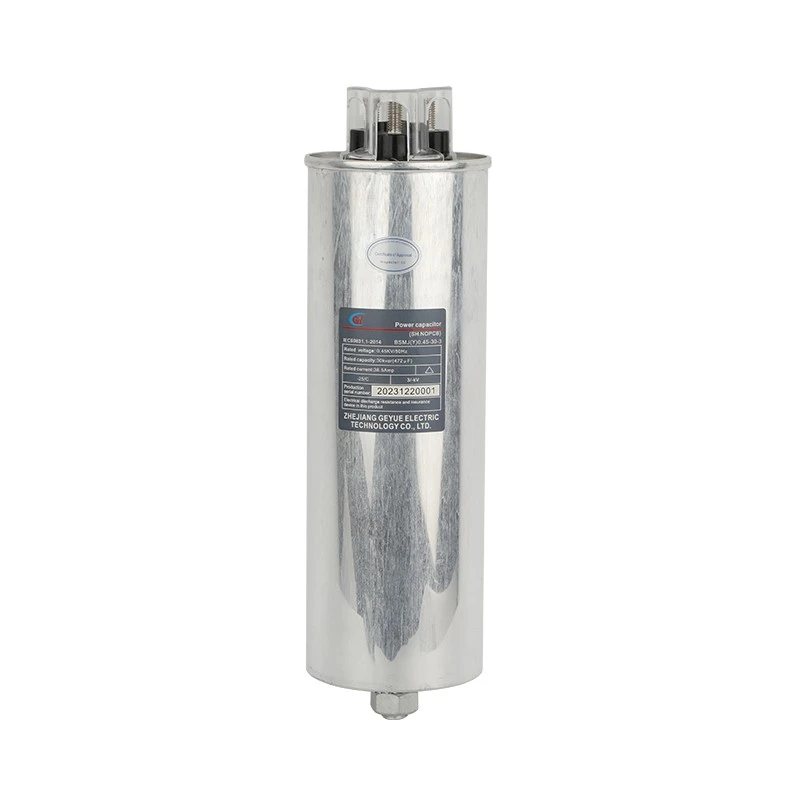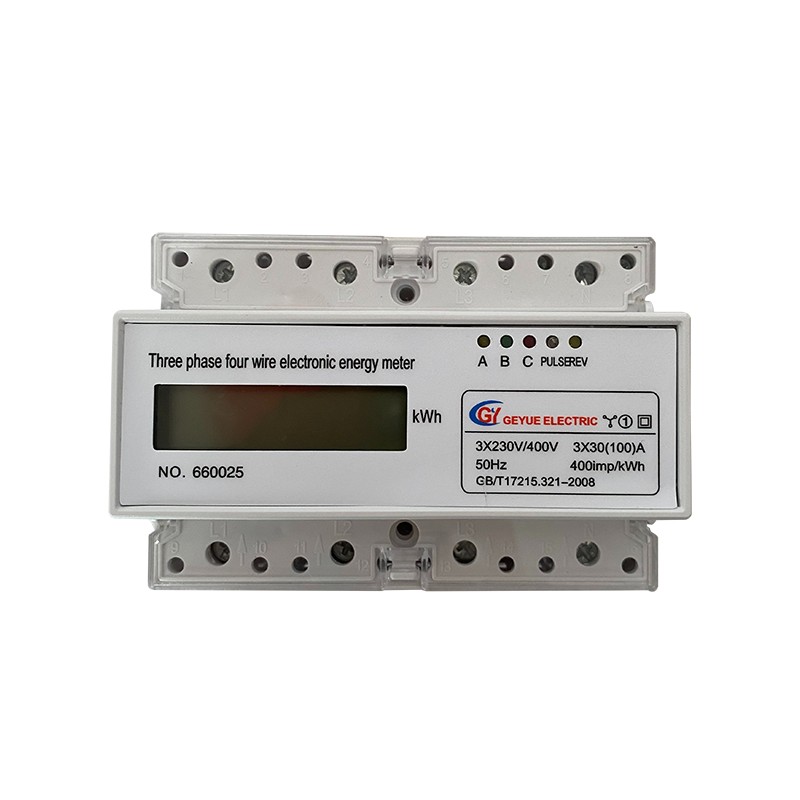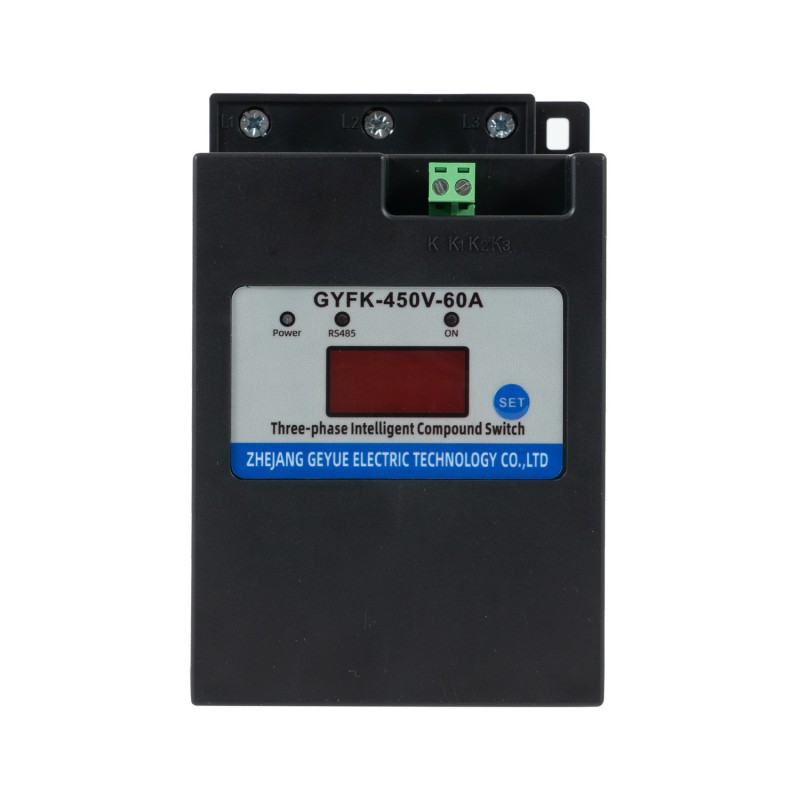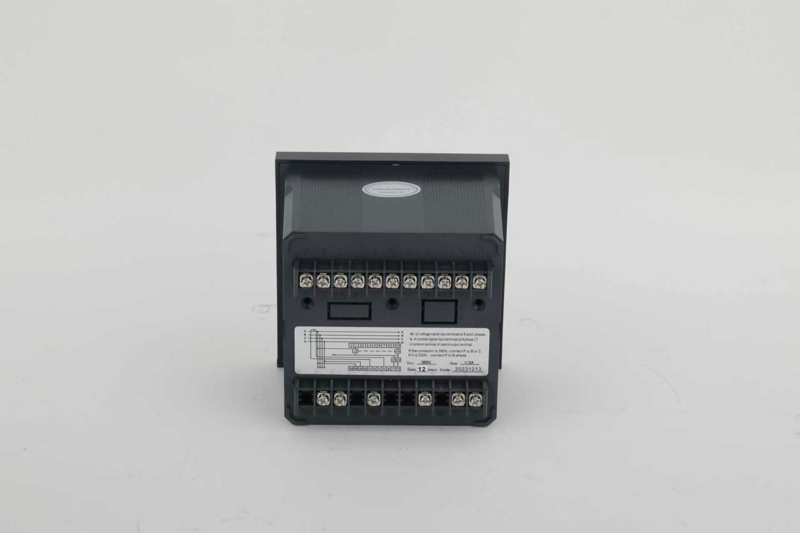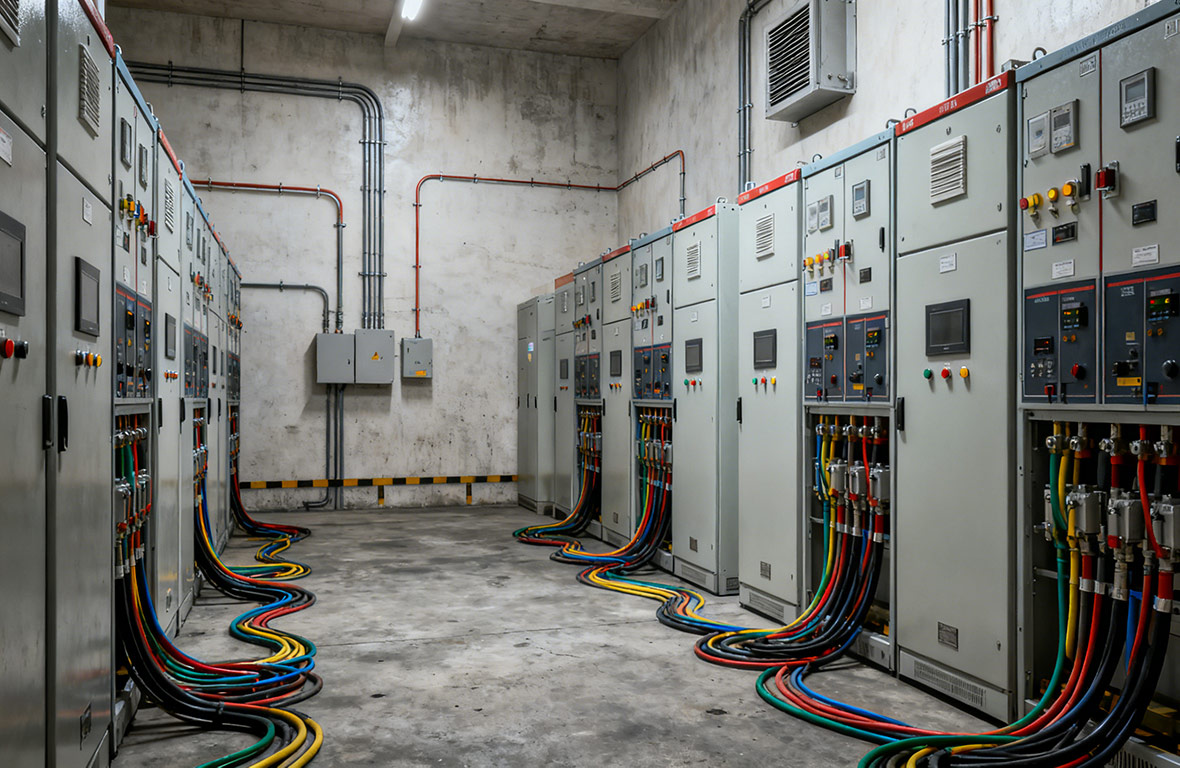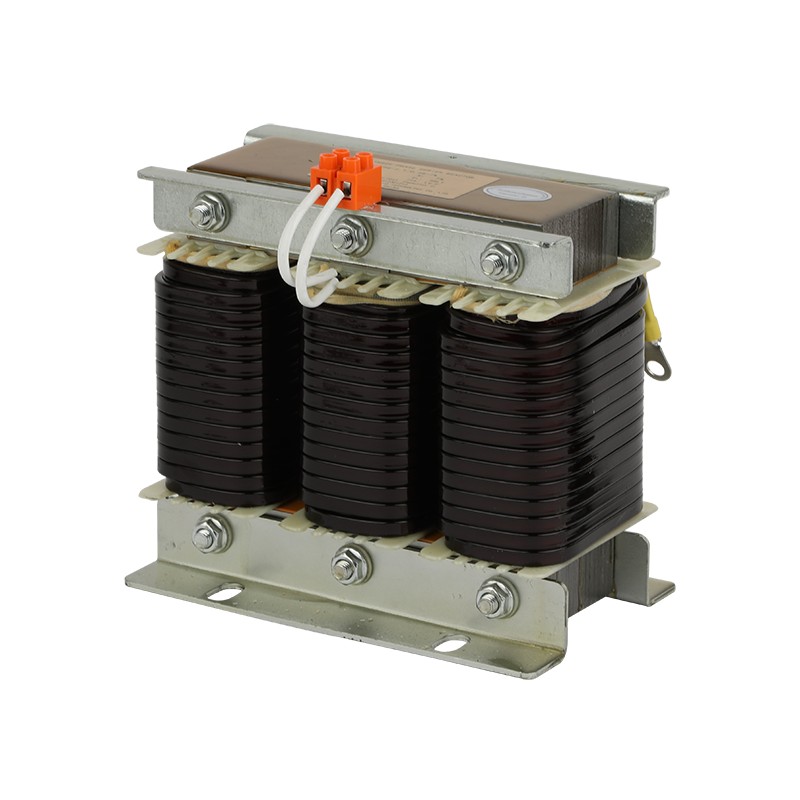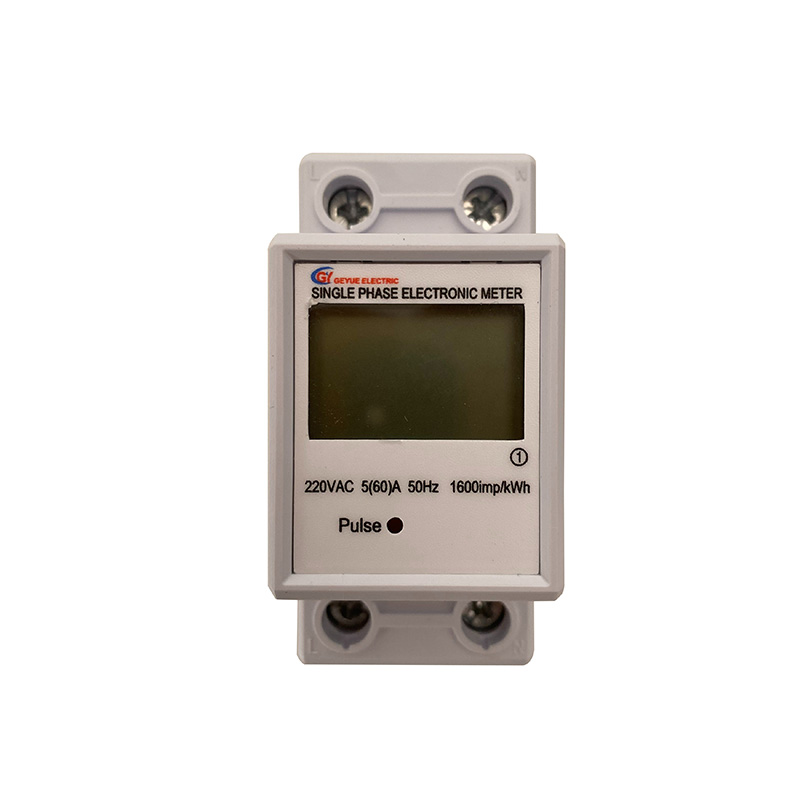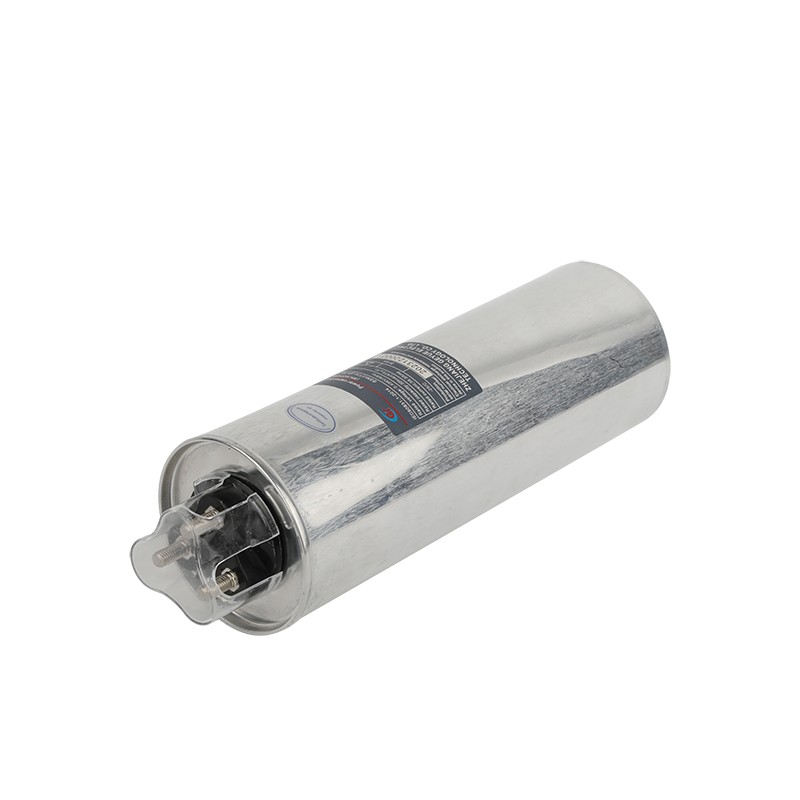Why Can AI algorithms Improve the Dynamic Response Speed of SVG?
In modern power systems, dynamic reactive power compensation technology plays a crucial role in maintaining grid stability and improving power quality. Geyue Electric, as a manufacturer specializing in low-voltage reactive power compensation equipment, our company fully understands the core position of Static Var Generators (SVG) in the power system. With the rapid development of artificial intelligence (AI) technology, AI algorithms have been proposed to be introduced into the SVG control system, and it is expected to significantly improve its dynamic response speed and compensation accuracy. In this article, the Chief Electrical Engineer of Geyue Electric will guide you from the limitations of traditional control methods to the innovative application of AI algorithms, deeply exploring how AI algorithms will optimize SVG performance and comprehensively analyzing the changes that AI technology innovation will bring to the reactive power compensation field.
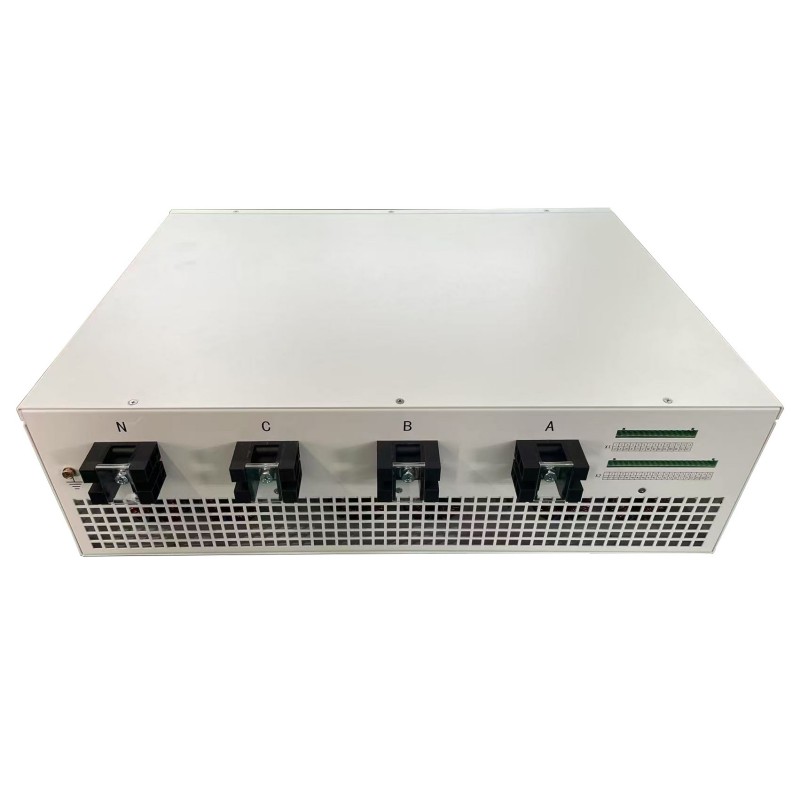
The Role and Basic Principles of SVG in Power Systems
The Static Var Generator (SVG) is an essential component of the Flexible Alternative Current Transmission System (FACTS), which generates or absorbs reactive power in real time through power electronic converters and achieve dynamic compensation of reactive power in the power grid. Compared with traditional reactive power compensation devices (ex: the combination of power capacitors and reactors), SVG has quite a lot significant advantages such as fast response, continuous adjustment, and immunity to system voltage fluctuations.
A voltage source inverter is used to generate an output voltage that is synchronized with the system voltage but with adjustable phase. The SVG achieves the absorption or emission of reactive power by controlling the phase difference between this voltage and the system voltage. This is how SVG works. When the SVG output voltage lags behind the system voltage, it absorbs inductive reactive power; when the output voltage leads the system voltage, it generates capacitive reactive power. This design based on fully controllable power electronic devices (such as IGBT) enables the SVG to complete reactive power regulation within milliseconds.
The Importance and Challenges of SVG Dynamic Response Speed
In the power system, dynamic processes such as load variations and faults can cause a sharp change in reactive power demand. The dynamic response speed of SVG directly determines its ability to suppress voltage fluctuations and improve power quality. Theoretically, the response time of SVG can be as fast as within 10 milliseconds, which is much faster than the power capacitors switched on and off by composite switches (which usually take several hundred milliseconds). The rapid dynamic response speed enables SVG to enhance system stability, strengthen the grid's anti-interference ability, and provide uninterrupted reactive power support for sensitive industrial loads. Especially in scenarios involving the integration of new energy sources, arc furnaces, rolling mills, and other types of loads with high impact, the rapid response characteristics of SVG become particularly crucial.
Although SVG has the potential for rapid response in theory, traditional control strategies encounter numerous challenges in practical applications. Firstly, the parameters of the traditional PI controller need to be carefully adjusted according to the impedance characteristics of the system. However, changes in the operating state of the power grid will lead to a decline in the control effect of the fixed parameters of the SVG. Secondly, the nonlinearity of the switching of power electronic devices, the dead-time effect, and the nonlinear characteristics of system impedance make it difficult for the linear control method of SVG to achieve optimal performance. Thirdly, when SVG is subjected to non-ideal operating conditions such as unbalanced voltages and frequency fluctuations, the performance of the fixed structure controller is limited. These challenges have prompted us to explore more intelligent control methods, and AI algorithms have provided new technical paths for solving these problems.
Key Technologies for Enhancing the Dynamic Response of SVG through AI Algorithms
The application of machine Learning in system modeling: The machine learning methods in AI algorithms can learn the dynamic characteristics of SVG and its connection to the power grid from historical operation data, and establish a data-driven model that is more accurate than physical equations. Through deep neural networks (DNN), the nonlinear mapping relationship between the output voltage of SVG and reactive current can be established. Compared with traditional transfer function models, DNN can capture more complex dynamic characteristics, including the switching characteristics of power electronic devices and nonlinear factors such as dead zone effects. In the model predictive control (MPC) framework, reinforcement learning can be used to optimize the predictive model. Through continuous interaction with the actual system, the model can adaptively adjust and maintain prediction accuracy, which is particularly important for power systems with time-varying parameters. When SVG is applied in different scenarios, transfer learning can transfer the knowledge of trained models to new scenarios, significantly reducing the debugging time and cost in new sites.
The implementation method of intelligent control algorithms: The AI algorithms have brought the following new implementation paradigms for SVG control. Firstly, the AI algorithms can combine neural networks with traditional control structures and adjust control parameters online. For example, the neural network PI controller can optimize the proportional and integral coefficients in real time based on the system state, balancing rapid response and steady-state accuracy. Secondly, the fuzzy control system based on the rule library designed by expert experience does not require precise mathematical models. Through the AI algorithms, the fuzzy rules and membership functions can be optimized to improve control performance, especially suitable for handling the non-linearity and uncertainty in SVG control. Thirdly, AI can express SVG control problems as Markov decision processes. Through methods such as Deep Q-Network (DQN) and policy gradient, the optimal control strategy can be learned, which enables the SVG to autonomously learn the optimal compensation strategy in complex and variable environments. Finally, by combining the advantages of multiple AI algorithms, such as combining the interpretability of fuzzy logic with the learning ability of neural networks, two models can be integrated to form complementary advantages.
Real-time data processing and feature extraction: SVG requires extremely high real-time performance. AI algorithms can help SVG demonstrate unique advantages in data processing. Algorithms based on convolutional neural networks (CNN) can efficiently process the local features of voltage and current signals and quickly detect abnormal states in the power grid. Long short-term memory networks (LSTM) and other recurrent neural networks are good at handling time series data and can predict the trend of reactive power demand changes from historical waveforms. Principal component analysis (PCA), autoencoders, and other technologies can extract key features, reduce computational burden, and improve real-time performance. Single-class support vector machines (OC-SVM) and other algorithms can identify atypical operating states and take preventive measures in advance. The comprehensive application of these technologies enables the SVG control system to understand the power grid state more quickly and accurately, providing an information foundation for dynamic responses.
Application Scenarios of the AI-Driven SVGs
The deep integration of AI and power electronics not only enhances the performance of equipment but also initiates a new era in reactive power compensation technology. The SVG controlled by AI algorithms will demonstrate outstanding adaptability in diverse application scenarios. In the application scenarios of new energy power stations, the SVG controlled by AI algorithms can quickly track the fluctuations in photovoltaic output and solve the problem of lagging response of traditional SVGs when irradiance changes rapidly. In the application scenarios of urban rail transit, the SVG controlled by AI algorithms can effectively suppress the voltage drop during locomotive startup and respond quickly to the frequently changing load characteristics. These envisioned strong scene adaptability of AI-driven SVGs make it inevitable that the AI algorithm will bring revolutionary progress to SVG technology. As a manufacturer of low-voltage reactive power compensation equipment, Geyue Electric has witnessed the transformation process of AI technology from theory to practice in the industry and has personally felt the value it creates for global electricity users. In the future, our company will deepen the research on the application of AI in the control of low-voltage reactive power compensation equipment, promote SVG technology to develop in a faster, smarter, and more reliable direction, and persistently contribute to building a clean, efficient, and resilient modern power system. Geyue Electric's SVG, with its ultra-fast dynamic response, precisely suppresses voltage fluctuations and ensures power quality. It is suitable for harsh conditions such as new energy, rail transportation, and metallurgy, helping enterprises save electricity efficiently. If you need any assistance, please contact info@gyele.com.cn.
- Can Cylinder Self-healing Shunt Capacitor Become the Ideal Choice for the Smart Grid Era?
- Apart from Saving Electricity Costs, What Value does Low-Voltage Reactive Power Compensation Bring to Enterprises?
- How does the Temperature Dependence of a Capacitor's Capacitance Value affect the Tuning Point of a Detuned Filter Circuit?
- Is There a Non-Invasive Way to Monitor the Internal Health of Power Capacitors, Such as Their Equivalent Series Resistance (ESR)?
- What Is the Concept of "Reactive Power Banking" or "Reactive Power Dispatch" in a Smart Grid Context?
- What Are the Recycling and Disposal Plans for Self-Healing Shunt Capacitors after the End of Their Life Cycle?

